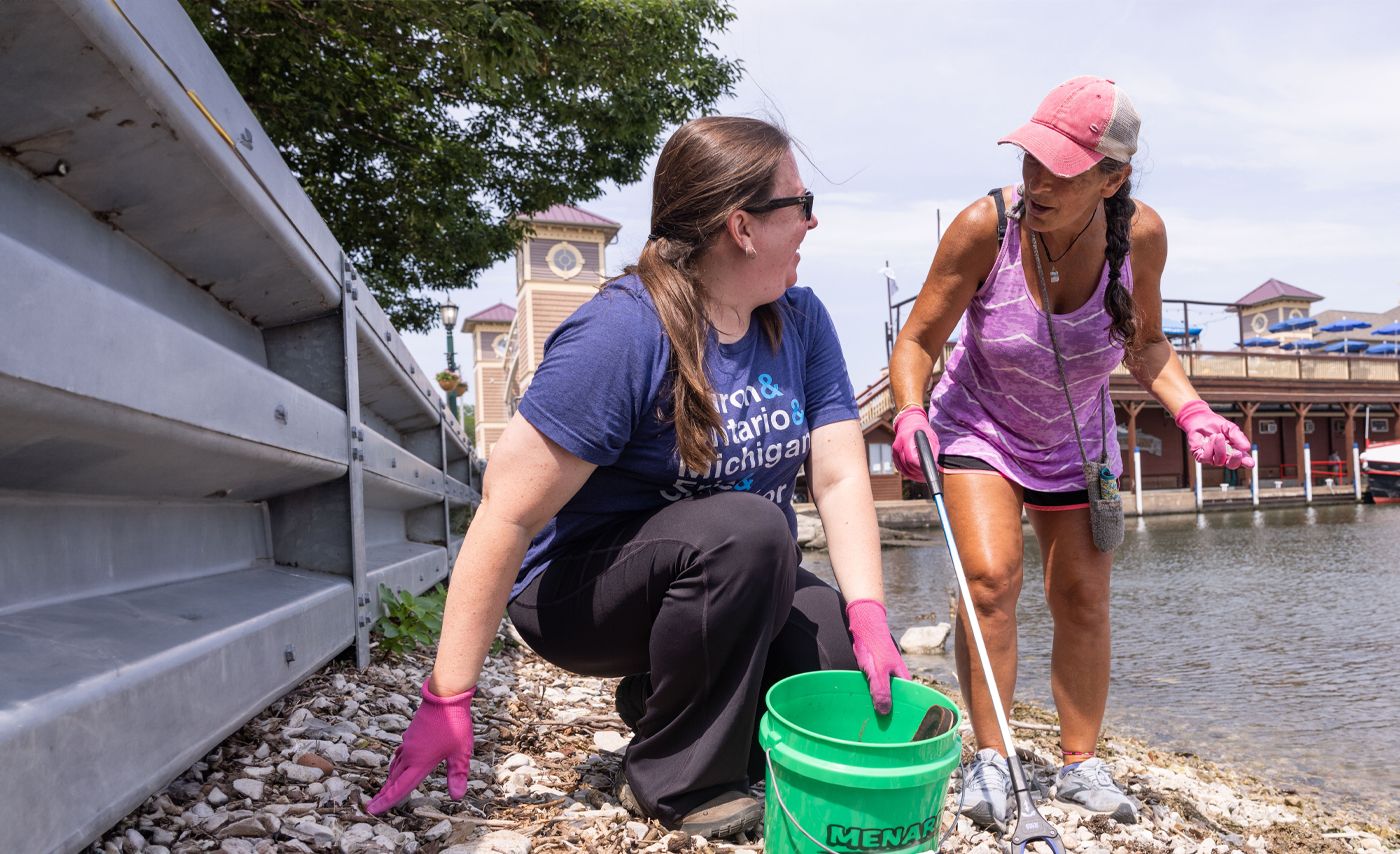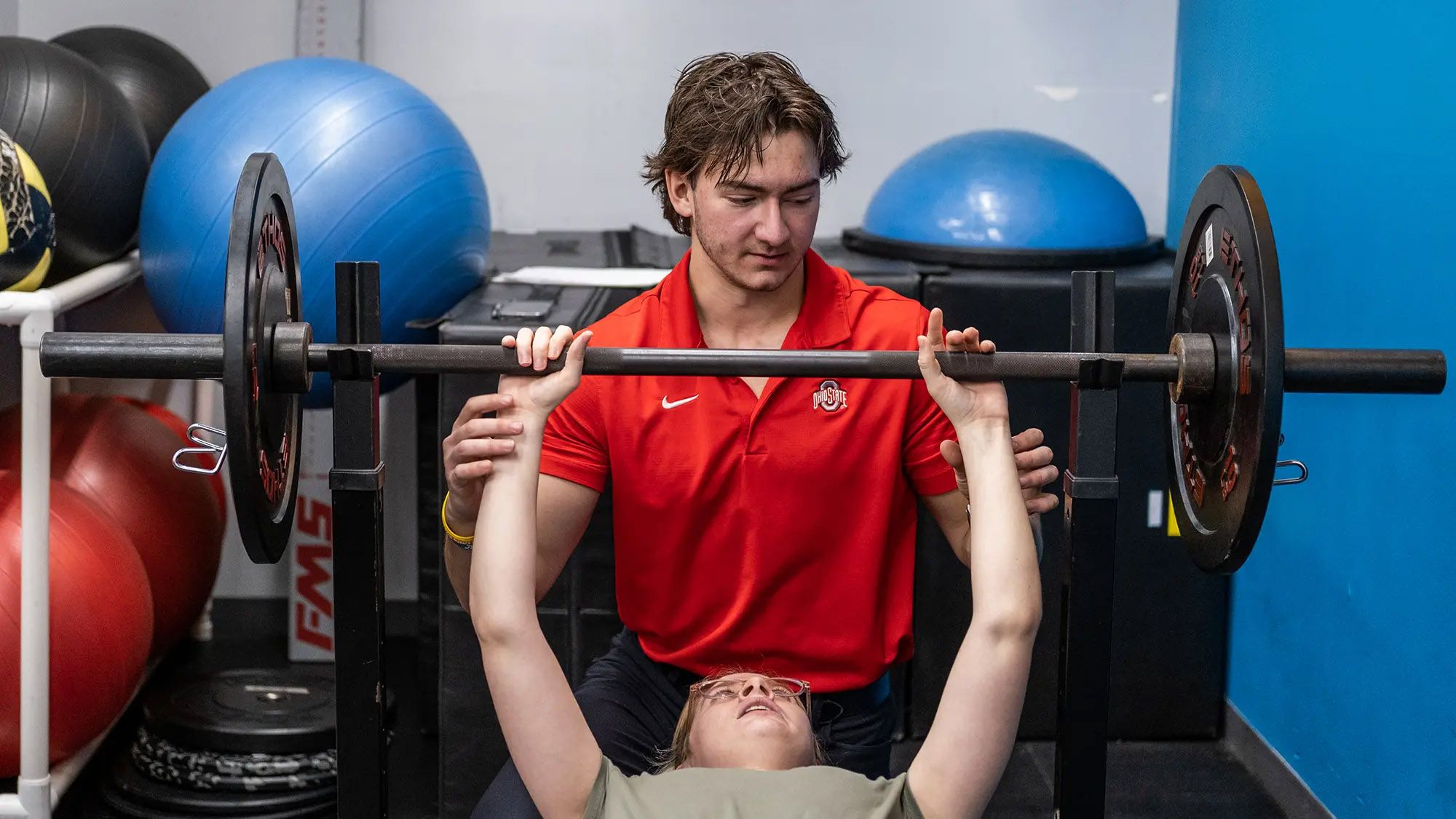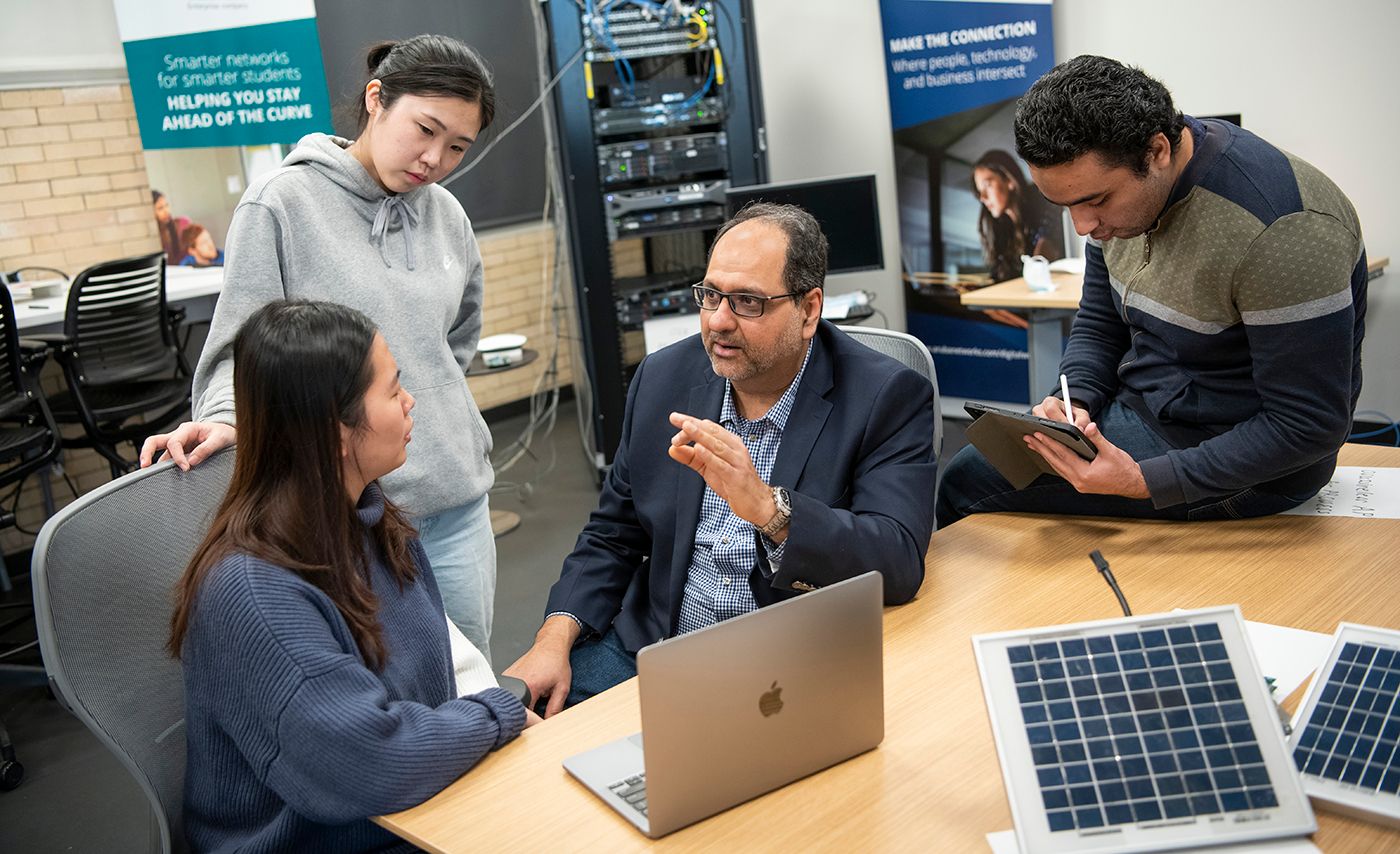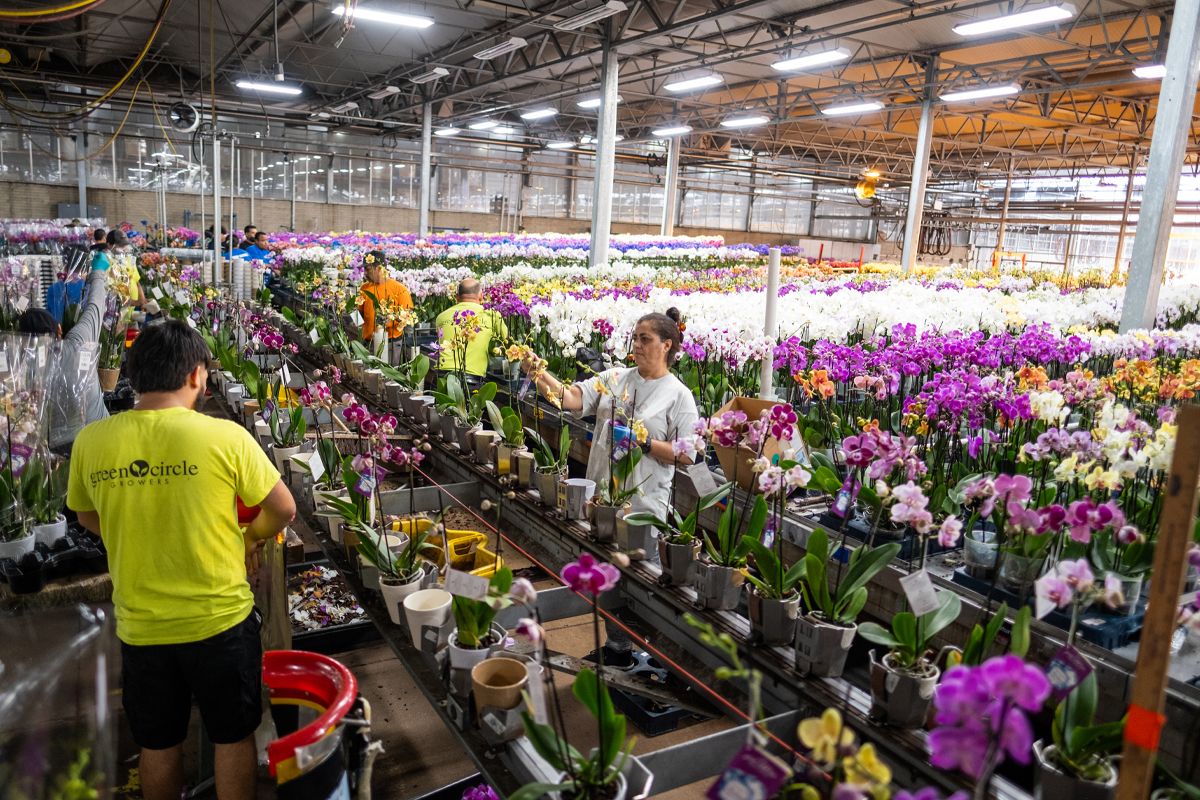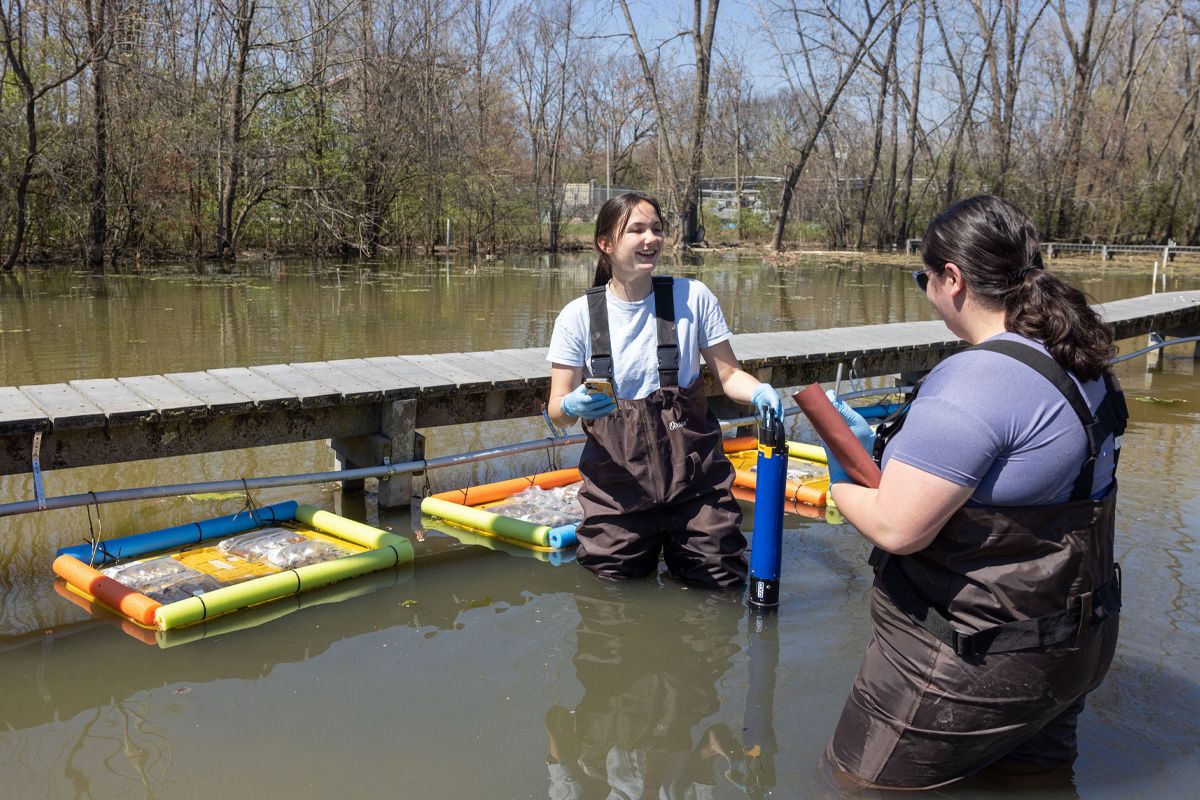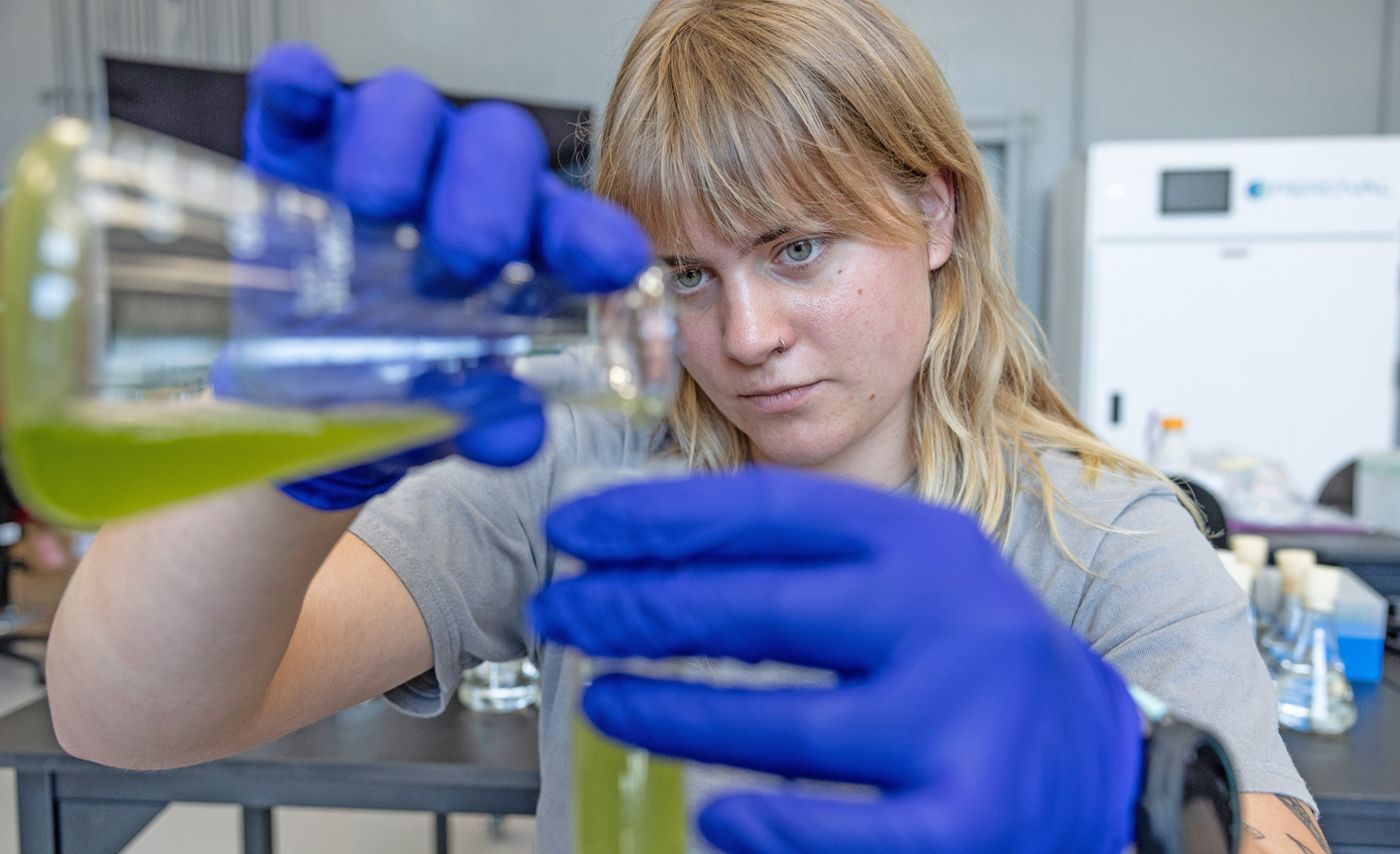Impact
Ohio State Impact

Sports build more than skills — they build leaders. And coaches are a vital resource to their players. That’s why Ohio State’s LiFEsports initiative trains coaches to support young athletes’ mental health, leadership and growth. See how this revolutionary program isn’t just changing the game — it’s changing lives.
4-minute read
Ohio State Impact in all 88 counties
Ohio State is creating the solutions Ohioans need now, and its impact is found throughout all of Ohio's 88 counties. This work endures today across six campuses, a constellation of health care facilities, extension offices and agricultural research stations, supported by staff and students from every county.
Check out our county-by-county mapFeatured Stories
Now at Ohio State

Episode 37
Children with autism experience myriad struggles. Often, one of them is simply being invited to play. Have fun. Because if you think those with autism don’t want to be social and creative, you’re wrong. In this episode, we’ll see how the Ohio State Shakespeare and Autism project provides an outlet. Through a series of games and activities, this project aims to improve the lives of children with autism — all while they’re having fun.
25-minute listen
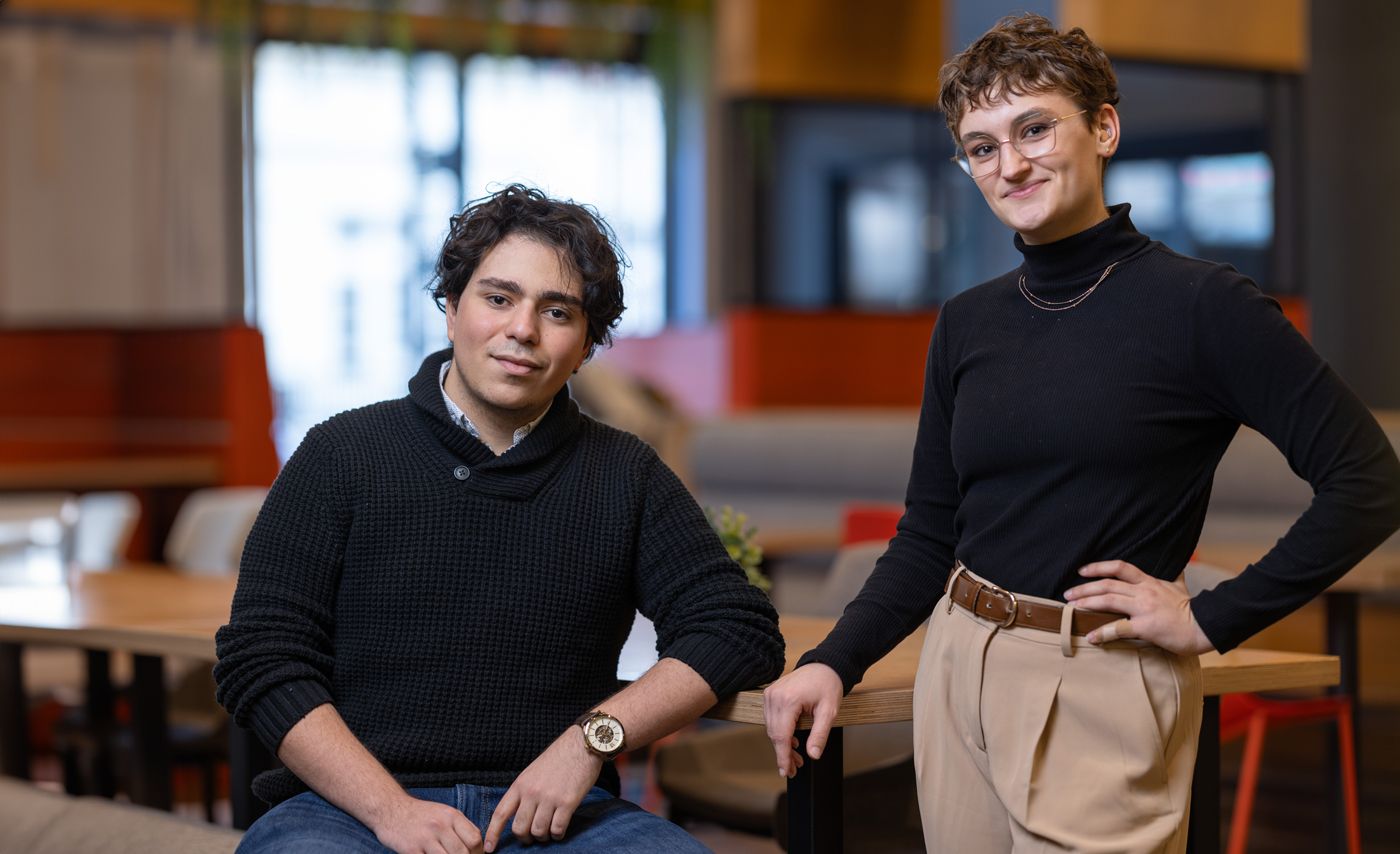
For many, navigating the tangled web of health care systems is a frustrating maze. From finding providers to scheduling appointments to gaining insurance authorization, it can feel impossible at times. An Ohio State sophomore and his team are tackling these problems — with the help of AI.
5-minute read
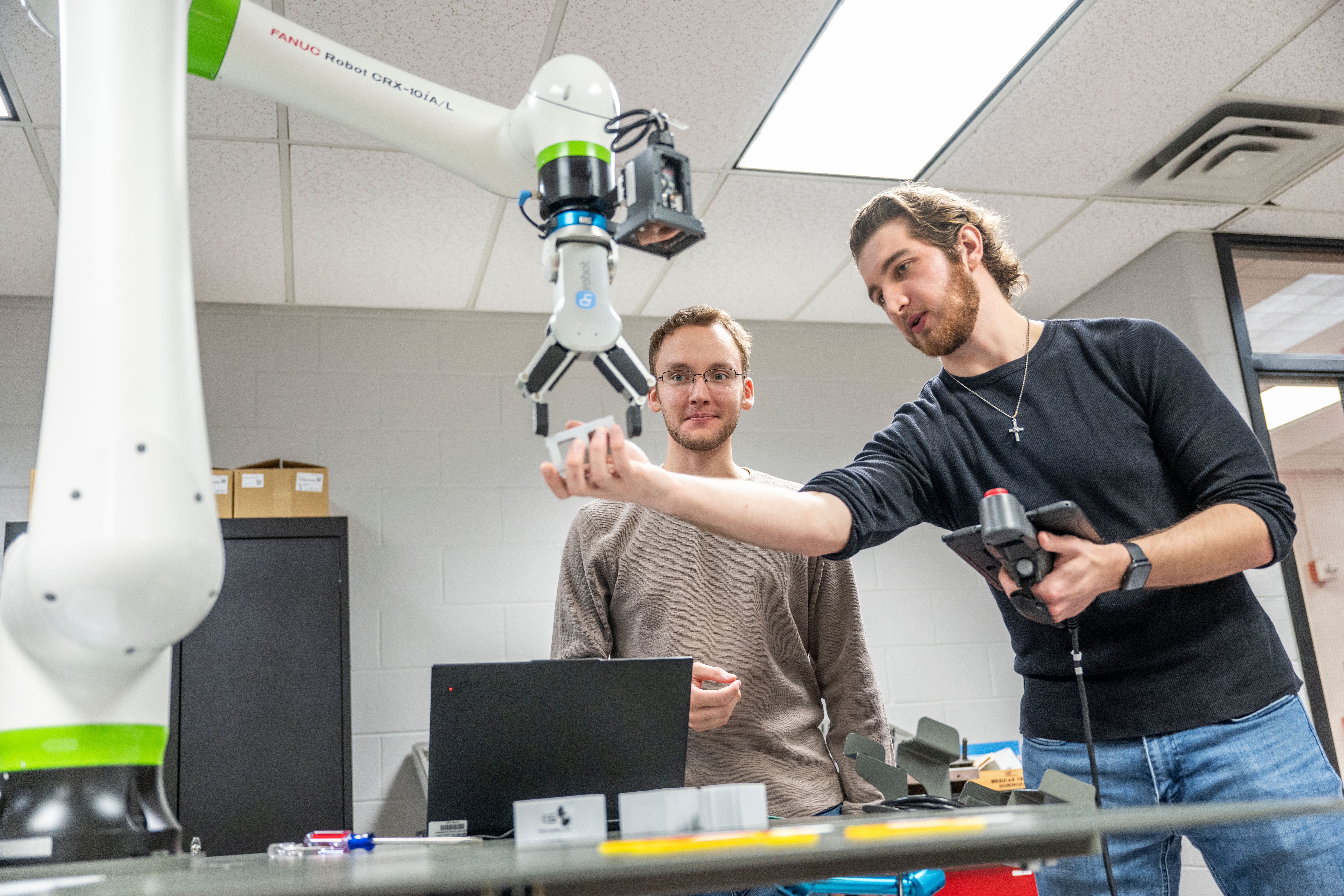
Sam Ratvasky and Alec Vanderbilt have become quite adept at engaging with heavy hitters from the academic and industry worlds. That’s because the Ohio State Mansfield seniors have had an abundance of practice due to their time in the engineering technology program.
6-minute read


